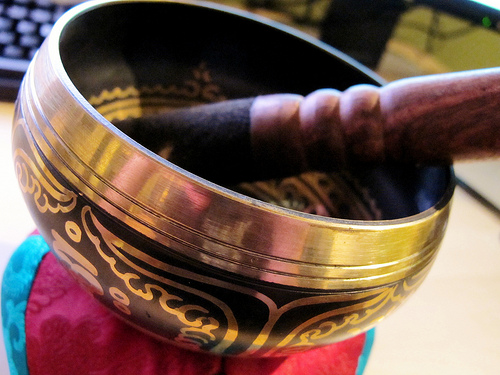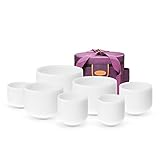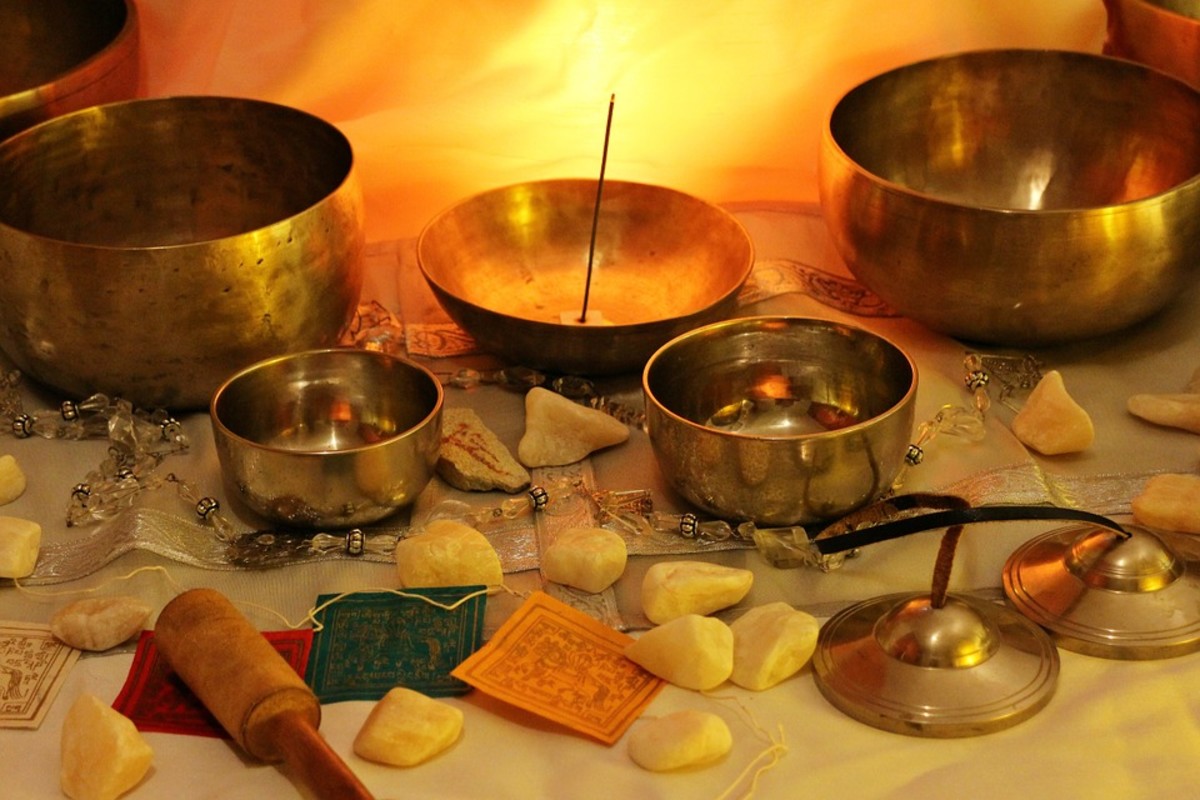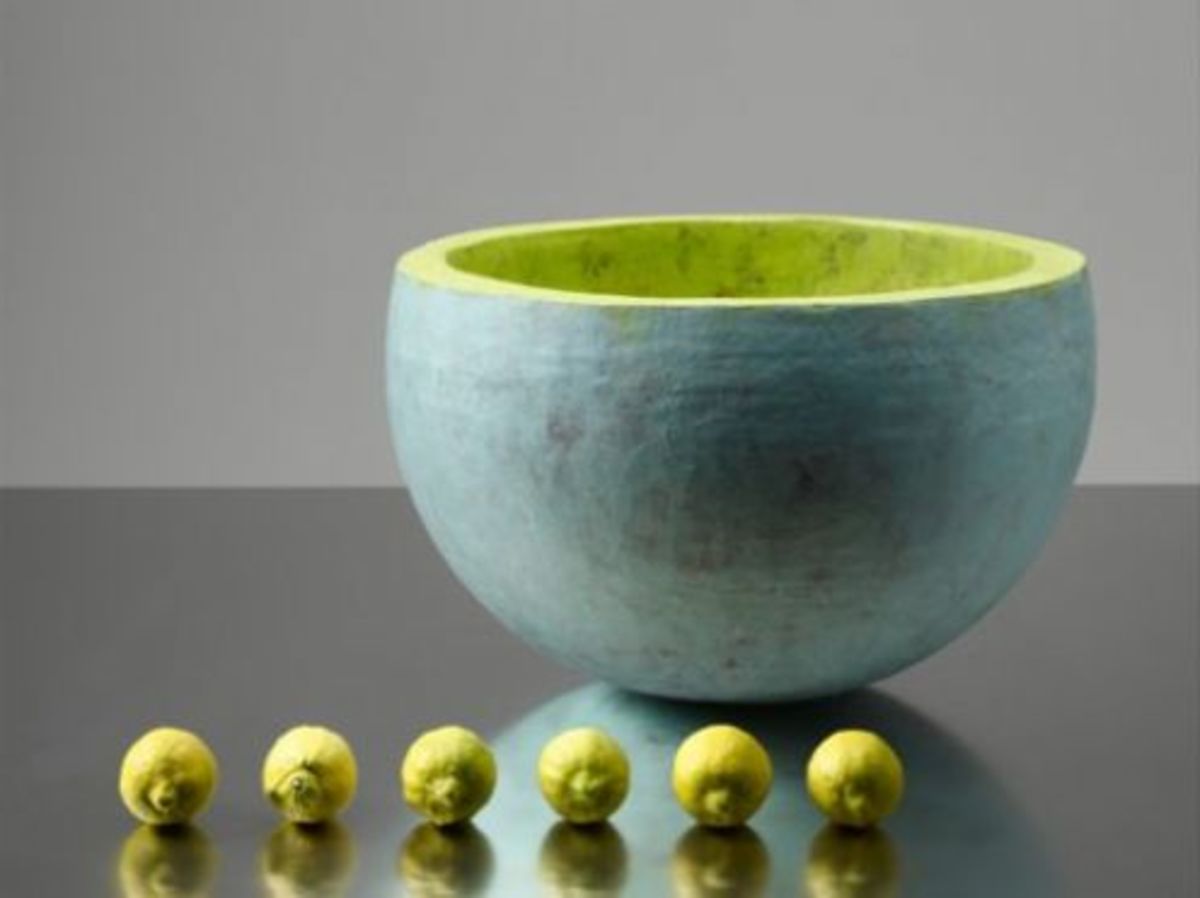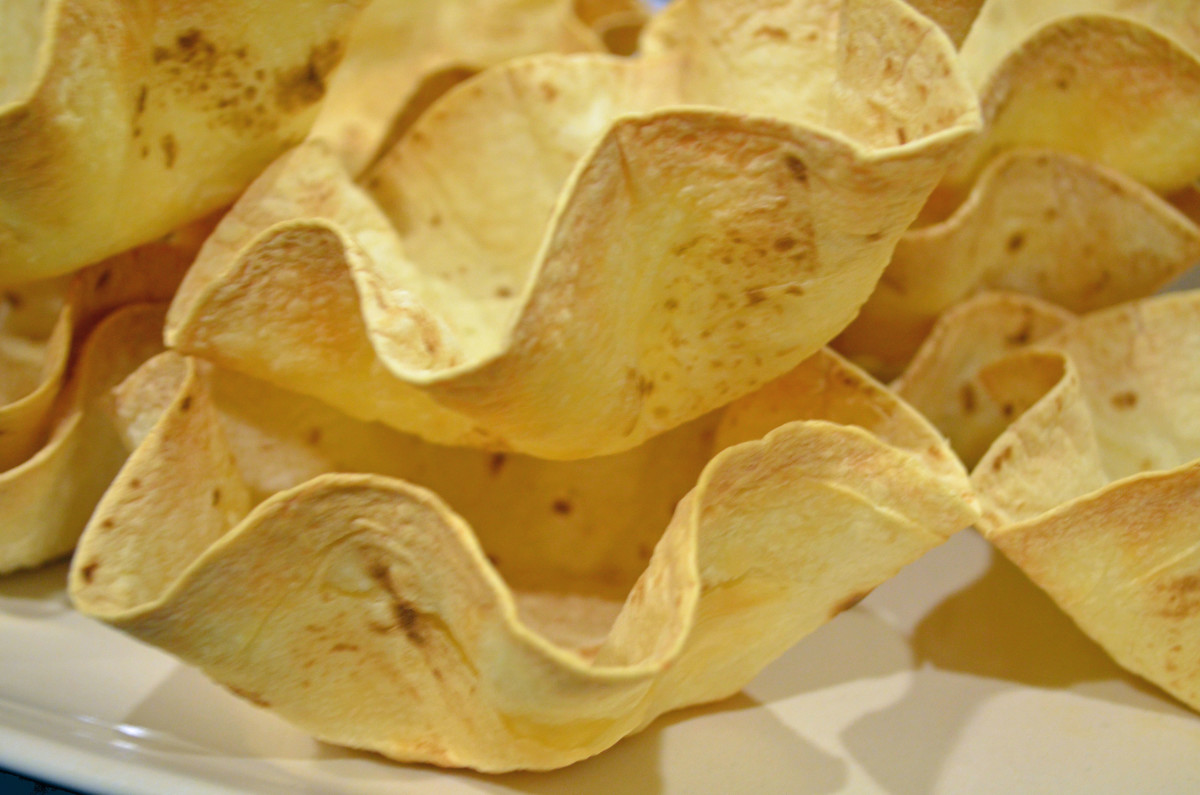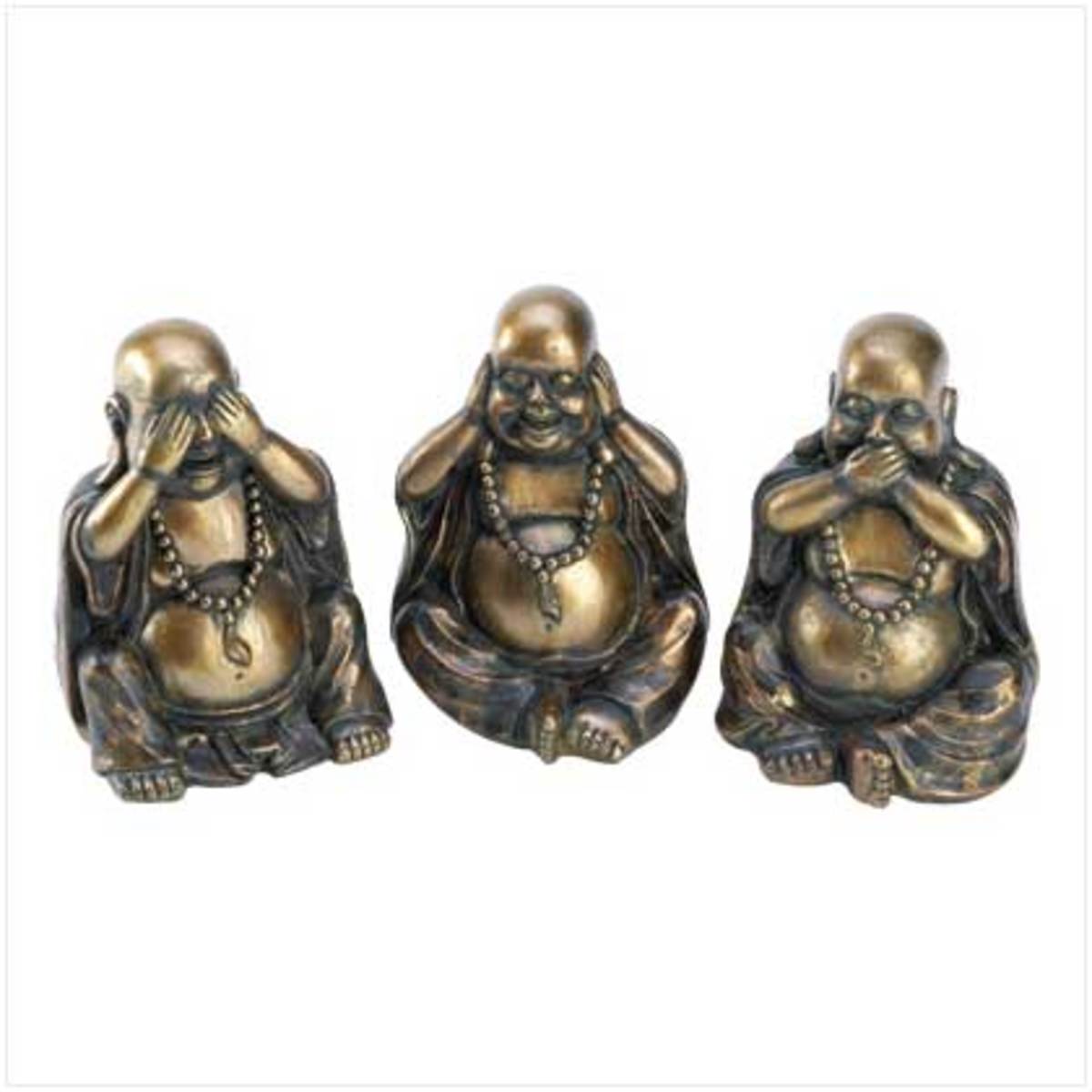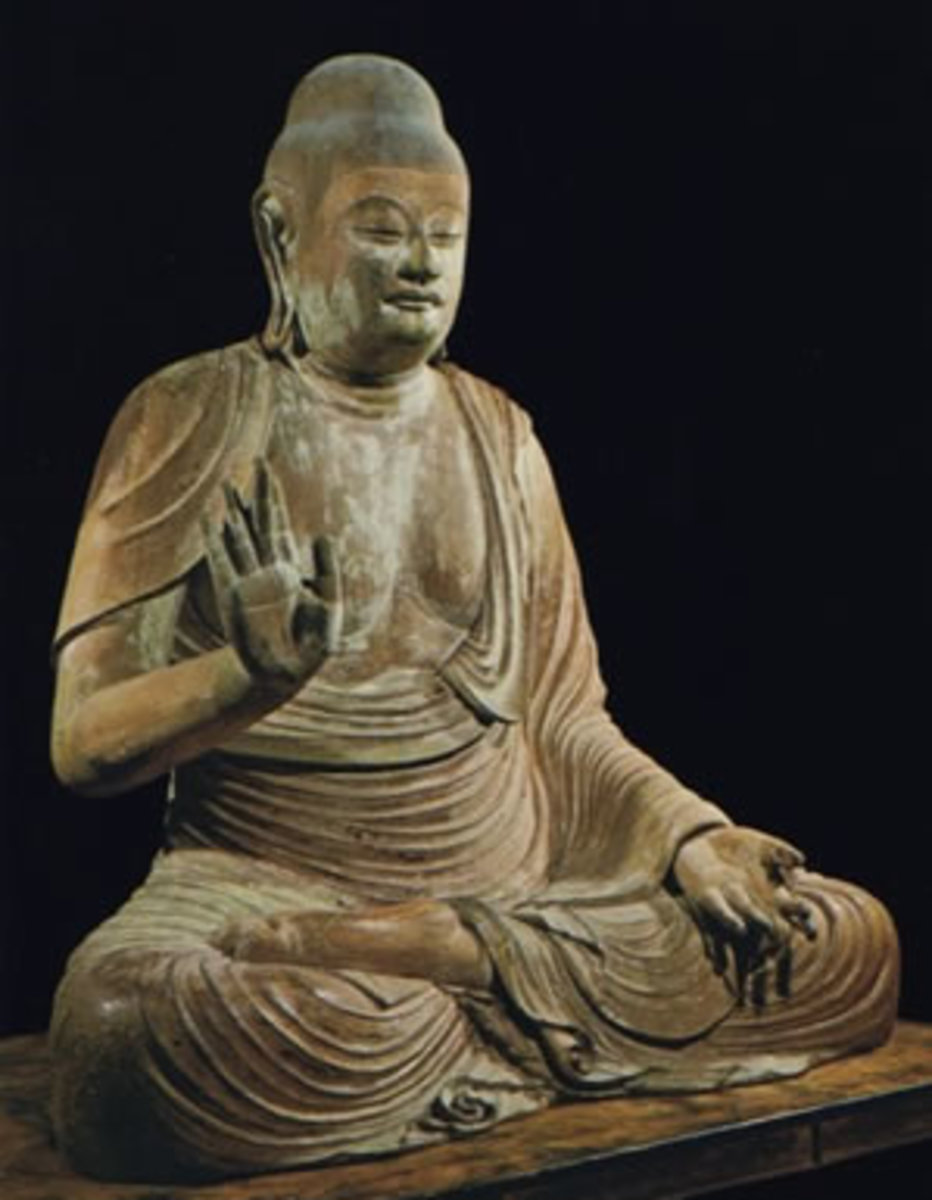Buy Singing Bowls
Tibetan Singing Bowls
Singing bowls (particularly Tibetan Singing Bowls) are traditionally used in Buddhist meditation to support trance induction and prayer. The use of singing bowls in meditation is ancient and goes back centuries. The use of singing bowls during meditation is often during chanting, the bowl being lightly struck at certain points in chanting.
There is as of yet no specific text on exactly how to use a singing bowls in any depth. The reason I see for this is that a singing bowl is meant to aid meditation, a person meditating should feel free to use it in a way that gives the greatest aid in meditation.
Meditation is not always easy as the mind has a tendency to flutter about and be easily distracted. Including a singing bowl in your meditation ritual might help enable your mind to focus more readily and inspire a higher spiritual state. If you use meditation as part of an alternative healing remedy you may just find that a singing bowl is a great aid in healing through meditation. Simply strike the singing bowl at significant points during your meditation, if you use chanting to help induce a trance state find a point in the trance that changes or starts afresh and strike your singing bowl at that point.
Modern Singing Bowls V Antique Singing Bowls
Antique singing bowls are amazing. Traditionally an antique singing bowl was made from Pancholoha which literally means 'five metals' in Sanskrit. The five metals most commonly used where bronze, copper, tin, zinc and iron but can include other metals. Many antique singing bowls include silver, gold, nickel and the most prized sky-iron from meteorites and tektites. The art of making singing bowls in the traditional way is somewhat of a lost art but craftsmen do still make singing bowls in the traditional manner but few contain sky-iron.
The real treat of an antique singing bowl is that in the aging process the tone of the bowl greatly improves to create an incredibly rich and lovely sound. The difference between an antique singing bowl and a modern singing bowl goes beyond the chance to be effected by the aging process. It is thought that singing bowls were not always crafted to be singing bowls aside from medicine bowls, that it became a valuable side effect, where as today a singing bowl is created with its tone in mind.
Modern singing bowls are made from bronze just as the antiques were but the bronze alloy does not contain the gold and silver that the antique singing bowls do. The best example of quality singing bowls come from Nepal however high quality singing bowls are made in Japan and Korea but they are not widely exported.
All in all if you can afford an antique singing bowl then that is the one to go for but a modern singing bowl is still likely to impress with its harmonic sounds. When you are looking at modern singing bowls you want to look at the metals used (several metals mixed is the way to go) in addition to what region of the world it comes from. If you can find a modern singing bowl from Japan get it! As they do not export these singing bowls buying one is going to insure that you have a rare and hard to get singing bowl that will impress you time and again with its harmonics.
Cool Singing Bowl Facts
There are a number of interesting and surprising facts about singing bowls. I find it surprising that originally it is thought that singing bowls were used for food and other normal day to day activities. The reason for this is the strong anti-bacterial properties of copper, as does silver. This means a singing bowl can double up for food storage without worrying that the food will be contaminated.
I find an interesting fact about singing bowls is with their relation to water memory. I don't really understand water memory as water is as old as the planet, if it remembers anything it will have so much to remember, dinosaurs, floods, etc. The thing is that some people claim that one can demonstrate water memory by filling a singing bowl with water, produce sounds with the bowl until the water begins to vibrate. All it to stop and let the water rest, then restart the whole procedure again and the water will pick up the same vibration much faster then the previous attempt.
